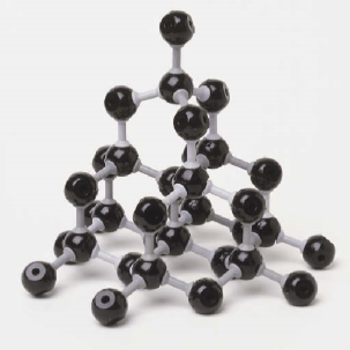Question #f1340
1 Answer
The oil drop experiment was an experiment performed by Robert A. Millikan and Harvey Fletcher in 1909 to measure the elementary electric charge (the charge of the electron) .
The experiment entailed balancing the downward gravitational force with the upward drag and electric forces on tiny charged droplets of oil suspended between two metal electrodes. Since the density of the oil was known, the droplets' masses, and therefore their gravitational and buoyant forces, could be determined from their observed radii. Using a known electric field, Millikan and Fletcher could determine the charge on oil droplets in mechanical equilibrium . By repeating the experiment for many droplets, they confirmed that the charges were all multiples of some fundamental value , and calculated it to be 1.5924(17)×10−19 C, within 1% of the currently accepted value of 1.602176487(40)×10−19 C. They proposed that this was the charge of a single electron
(source: http://en.wikipedia.org/wiki/Oil_drop_experiment)

